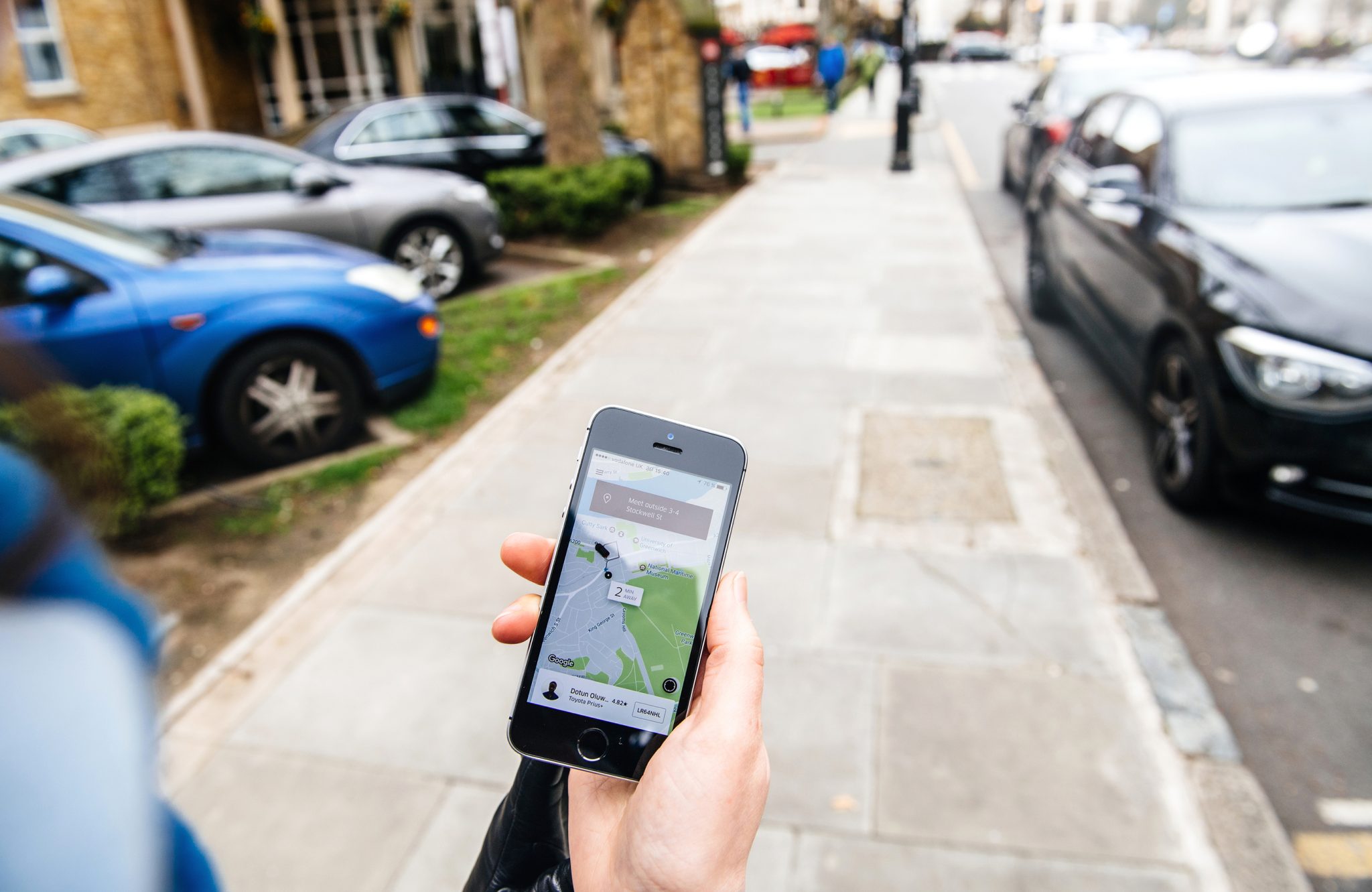Our team has spent countless hours analyzing Uber's business model, interviewing industry experts, and digging through data to bring you this comprehensive guide. We believe that understanding Uber's impact on transportation is essential for making informed decisions about the future of mobility.
| Key Differences | Uber | Traditional Taxi |
|:---|:---|:---|
| Convenience | On-demand service, available 24/7 | Limited availability, often requiring reservations |
| Cost | Typically cheaper than taxis | Fares can vary depending on demand |
| Safety | Drivers undergo background checks, vehicles are inspected | Safety regulations and inspections may vary |
Now, let's dive into the main article topics to understand the details of Uber's revolutionary ride-hailing innovation.
FAQ
Uber, the global transportation network company, has revolutionized the way people move around cities through its innovative ride-hailing platform. This comprehensive FAQ aims to address frequently asked questions and clear up any misconceptions about Uber's services.

Disruptive Transportation: The Adoption, Utilization, and Impacts of - Source transfersmagazine.org
Question 1: Is Uber safe?
Safety is Uber's top priority. The company has implemented rigorous safety measures, including driver background checks, vehicle inspections, and real-time GPS tracking. Uber also offers a 911 button in the app and allows users to share their trip details with friends and family for added peace of mind.
Question 2: How does Uber pricing work?
Uber's pricing is dynamic and based on factors such as time, location, demand, and type of vehicle. Users are provided an estimated fare before booking a ride, and the final fare may vary slightly based on actual conditions encountered during the trip.
Question 3: What are the different types of Uber rides available?
Uber offers a range of ride options to meet different needs and budgets. These include UberX (economy), UberXL (larger vehicles), UberLUX (luxury), and UberPool (shared rides).
Question 4: How do I tip my Uber driver?
Tipping is optional but appreciated. Users can leave a tip through the Uber app after completing their ride. Tips are added to the driver's earnings and are an acknowledgment of their service.
Question 5: What if I have a complaint about my Uber driver?
Uber takes complaints seriously and has a dedicated support team to address user concerns. Users can report any issues through the Uber app or by visiting the company's website.
Question 6: Is Uber available in my city?
Uber operates in over 10,000 cities worldwide. To check for availability in a specific city, users can visit the Uber website or download the Uber app.
Uber's commitment to innovation and safety has made it a trusted and reliable transportation option for millions of users worldwide. By addressing these frequently asked questions, Uber aims to enhance transparency and build confidence among its customers.
Transitioning to the next article section...
Tips
The ride-hailing revolution pioneered by Uber: Revolutionizing Transportation With Ride-Hailing Innovation has transformed urban transportation, offering convenience, affordability, and flexibility. To fully leverage the benefits of Uber, consider the following tips:
Tip 1: Plan Ahead: Reserve a ride in advance to secure availability during peak hours or special events, ensuring a seamless journey.
Tip 2: Share Your Ride: Utilize Uber's ride-sharing options to save money while connecting with fellow travelers.
Tip 3: Choose the Right Vehicle: Select the most suitable vehicle type (e.g., UberX, UberXL) based on your group size and luggage requirements.
Tip 4: Track Your Ride: Monitor the progress of your driver using the Uber app's real-time tracking feature, providing peace of mind.
Tip 5: Rate Your Driver: Provide feedback on your ride experience to help Uber maintain high service standards.
Uber: Revolutionizing Transportation With Ride-Hailing Innovation
Through its ride-hailing platform, Uber has reshaped the transportation landscape, introducing novel dimensions that have far-reaching effects on our daily lives and the industry itself. Six key aspects stand out as fundamental to Uber's innovation, encompassing technological advancements, business model enhancements, societal impacts, economic implications, regulatory challenges, and environmental considerations.
- Convenience: On-demand ride-hailing at users' fingertips.
- Efficiency: Algorithms optimize routes, reducing travel time and congestion.
- Accessibility: Expanded transportation options for underserved communities.
- Job Creation: Flexible earning opportunities for drivers.
- Regulatory Disruption: Challenges to existing taxi and public transit regulations.
- Environmental Impact: Increased traffic, but also potential for ride-pooling and reduced car ownership.
These aspects collectively illustrate Uber's multifaceted nature, influencing not only the way people move but also shaping urban planning, labor markets, and the overall transportation ecosystem.

Revolutionizing Transportation AI-Powered Transport System Concept - Source www.vecteezy.com
Uber: Revolutionizing Transportation With Ride-Hailing Innovation
Uber has revolutionized transportation by connecting riders with drivers through its innovative ride-hailing platform. This transformation has resulted from the convergence of factors like smartphone penetration, GPS availability, and the decreasing cost of mobile data.
Uber's model has brought significant improvements to the transportation landscape. It has provided a reliable and convenient alternative to traditional taxis, enabling users to hail rides at the touch of a button. The platform's transparent pricing and real-time tracking features have enhanced user confidence and accessibility. Moreover, Uber's network has expanded access to transportation in areas underserved by public transit.
The ride-hailing innovation has also created economic opportunities for drivers, offering flexible, part-time, or full-time work. Uber's driver-centric initiatives include training programs, vehicle financing options, and insurance coverage. By empowering individuals to become entrepreneurs, Uber has contributed to job creation and economic growth.
Going forward, Uber's focus on technology and innovation holds immense potential. The company's investment in autonomous vehicles, electric cars, and dynamic pricing mechanisms aims to further enhance safety, reduce costs, and optimize transportation efficiency. Uber's commitment to sustainability and accessibility ensures its continued relevance in the evolving transportation landscape.
| Aspect | Impact |
|---|---|
| Convenience | Ride-hailing eliminates the need for extensive waiting or searching for taxis. |
| Accessibility | Uber extends transportation options to areas underserved by public transit. |
| Economic Opportunity | Uber creates flexible work opportunities for drivers. |
| Innovation | Uber's investment in new technologies drives transportation advancements. |
Conclusion
Uber's ride-hailing innovation has revolutionized transportation by providing a convenient, reliable, and accessible alternative. Its impact on urban mobility has been profound, empowering riders, creating economic opportunities, and driving technological advancements.
As the transportation landscape continues to evolve, Uber's commitment to innovation and sustainability will shape the future of how we move. Its mission to "make transportation as reliable as running water, everywhere for everyone" holds immense promise for cities and communities worldwide.
